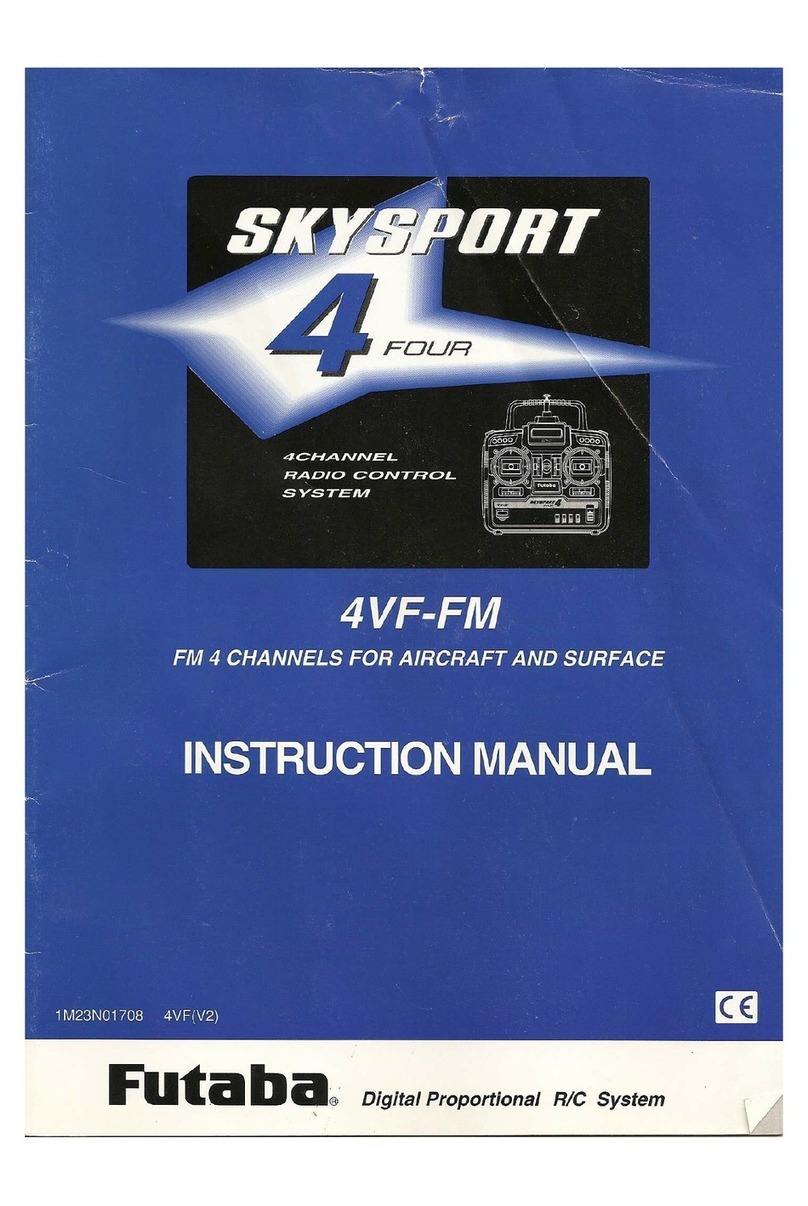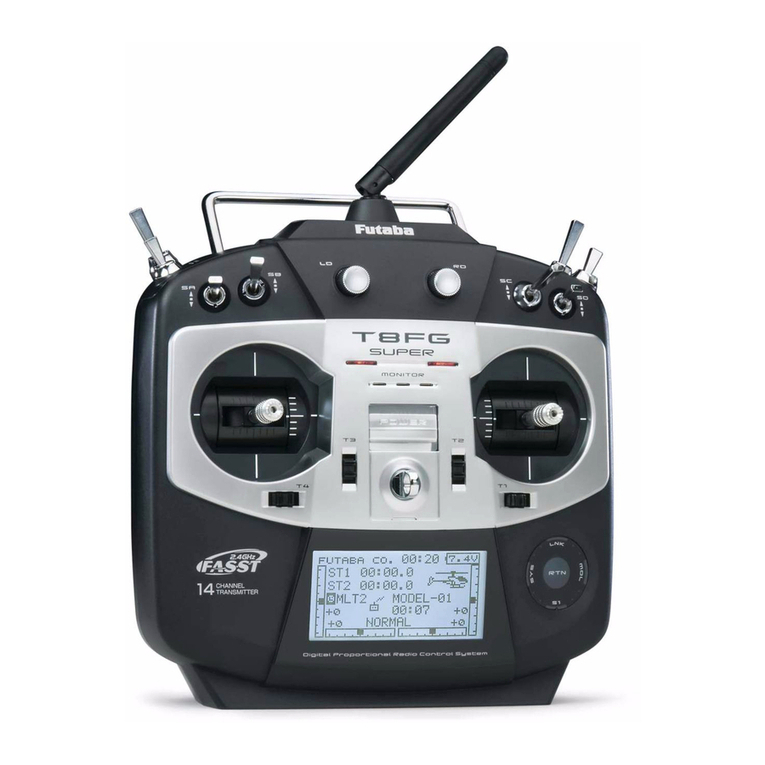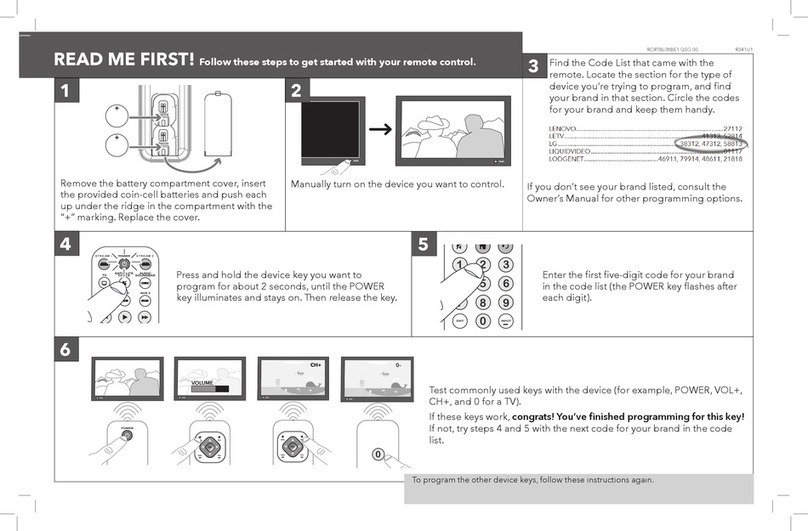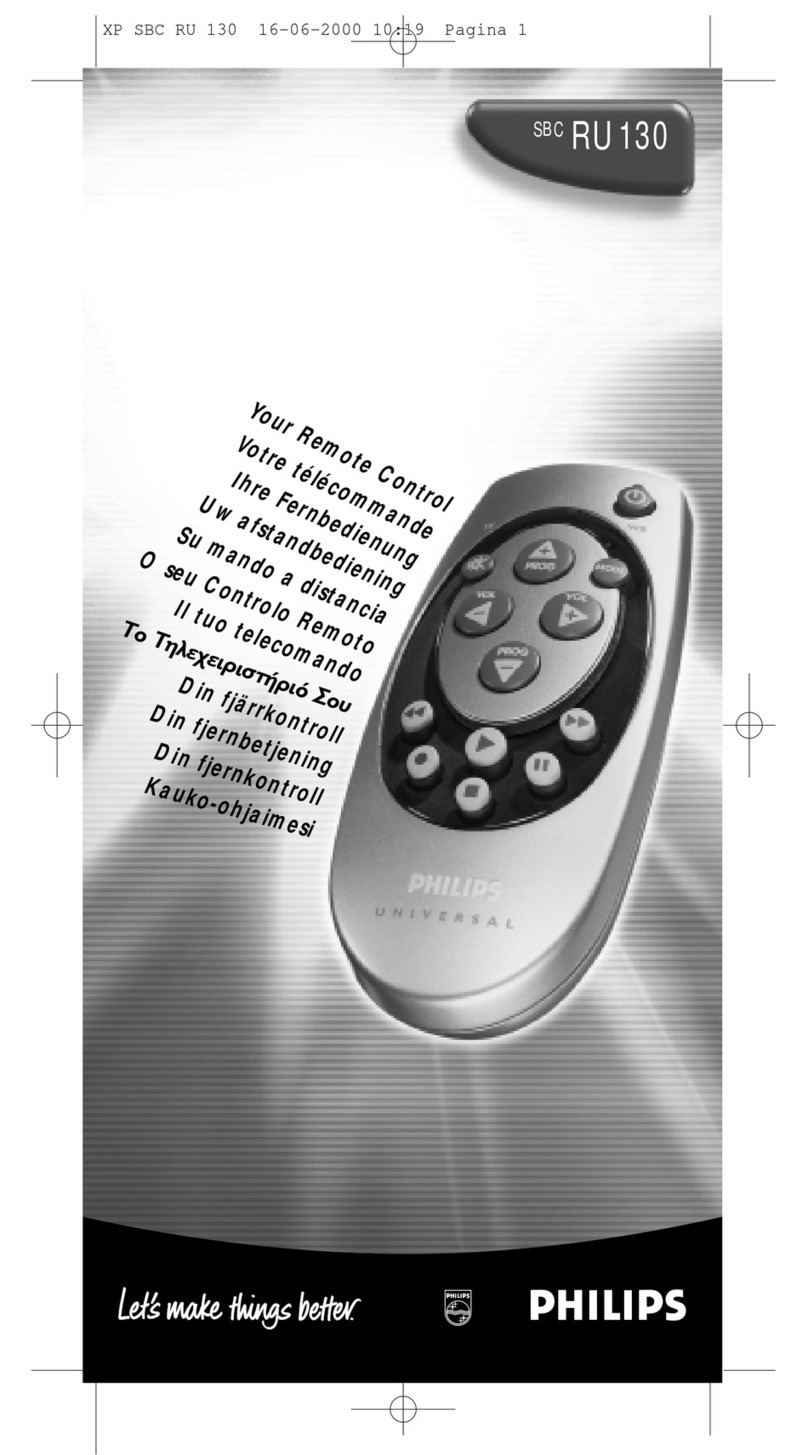FUTABA SKYSPORT-6H User manual
Other FUTABA Remote Control manuals
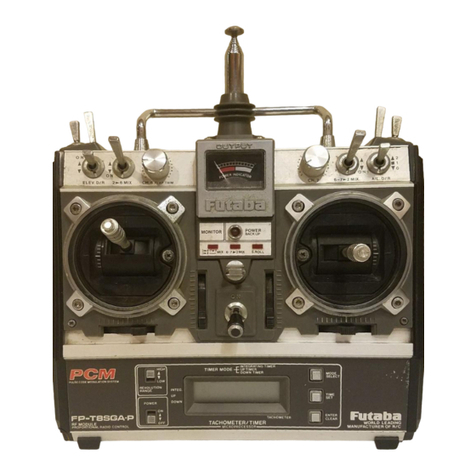
FUTABA
FUTABA FP-8SGAP User manual

FUTABA
FUTABA GYA460 User manual
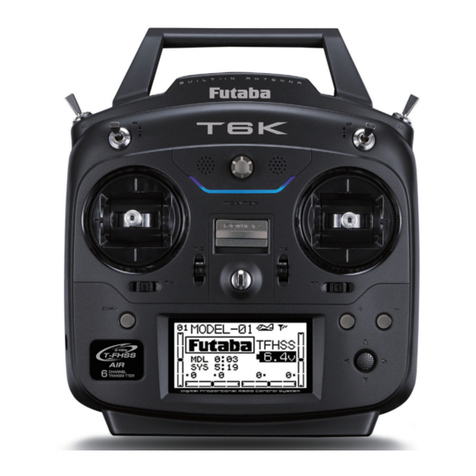
FUTABA
FUTABA 6k User manual
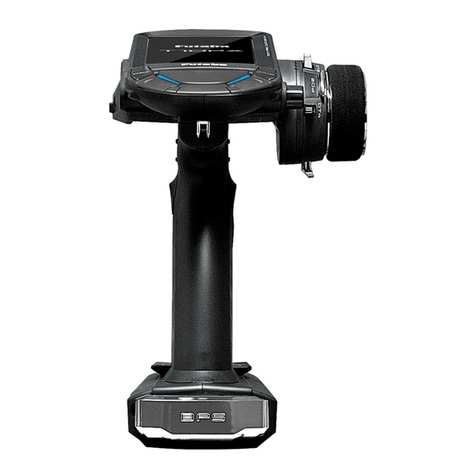
FUTABA
FUTABA T10PX Installation instructions
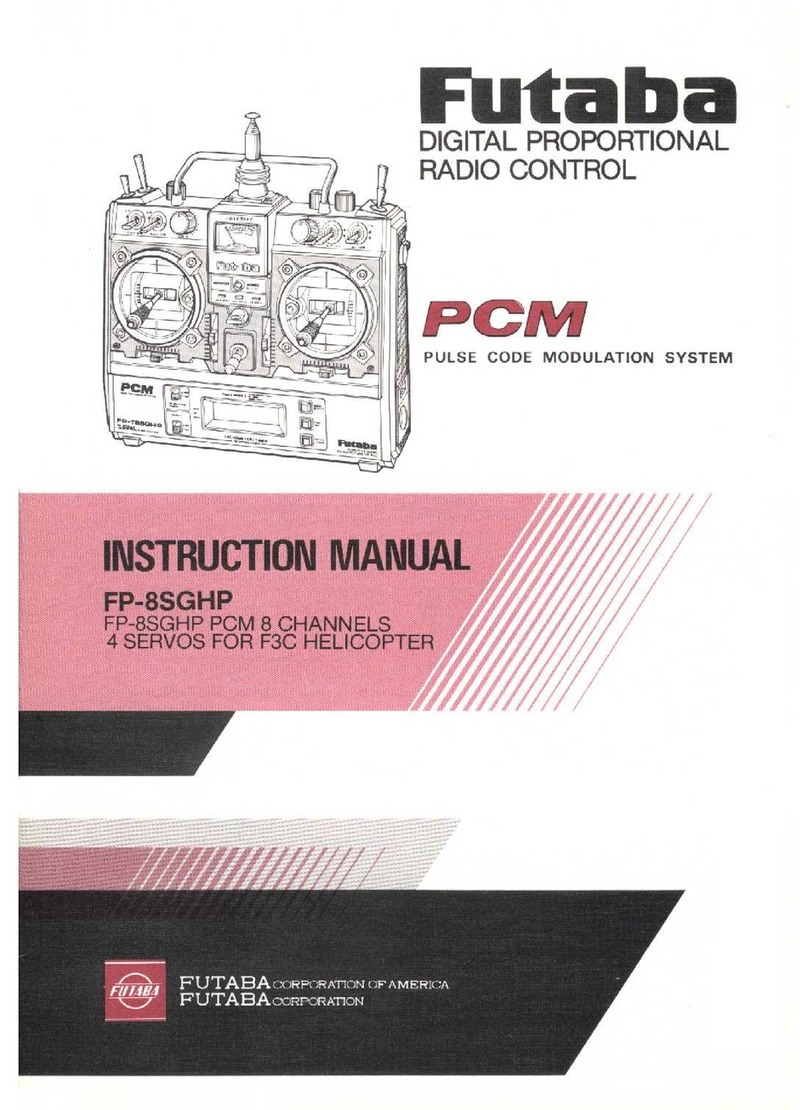
FUTABA
FUTABA FP-8GHP User manual
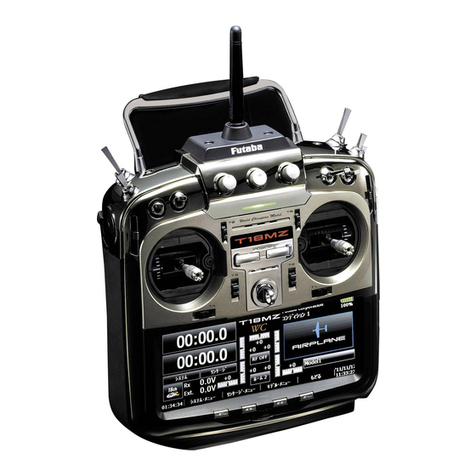
FUTABA
FUTABA T18MZ WC User manual
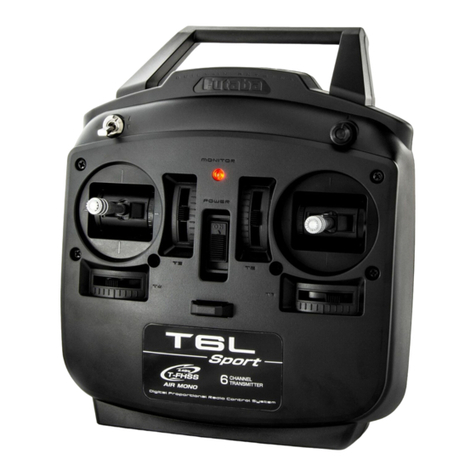
FUTABA
FUTABA T6L SPORT User manual
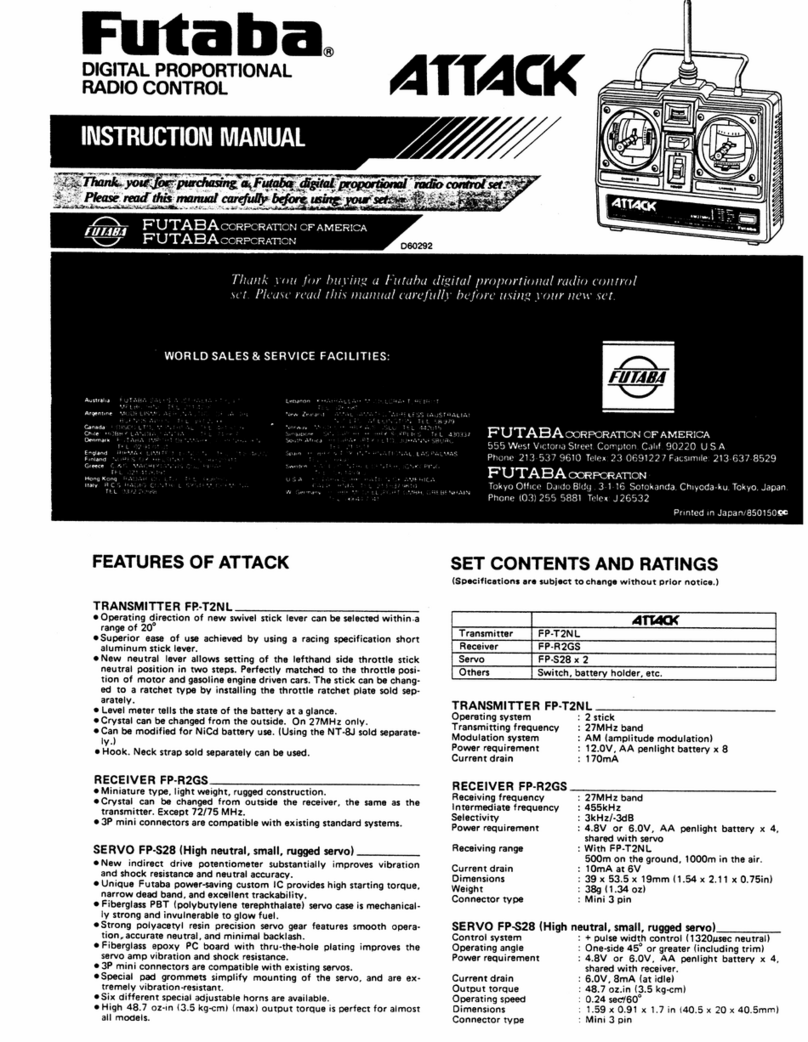
FUTABA
FUTABA Attack FP-R2GS User manual
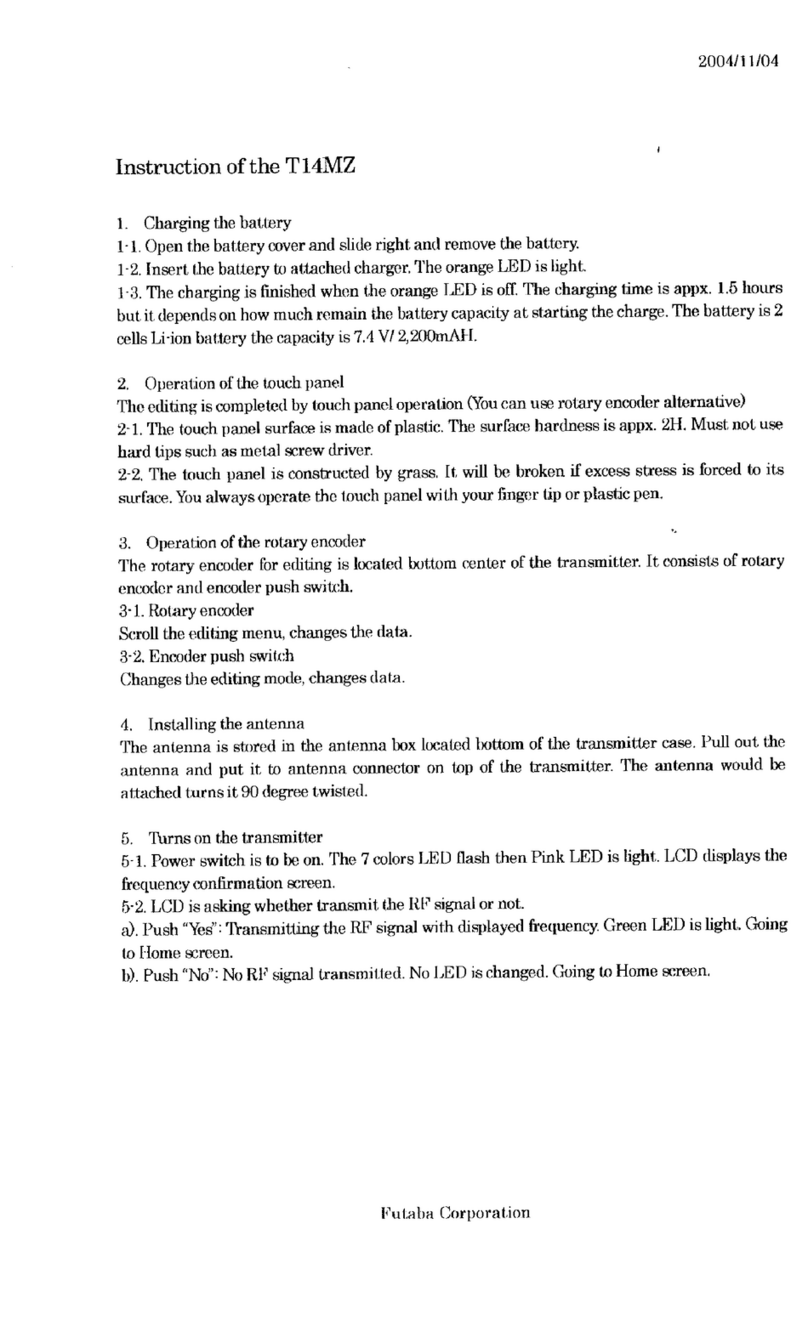
FUTABA
FUTABA T14MZ User manual

FUTABA
FUTABA FP-4DN User manual
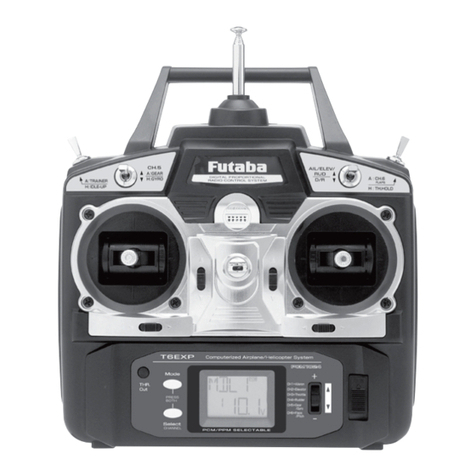
FUTABA
FUTABA 6EXP User manual

FUTABA
FUTABA T16IZ User manual
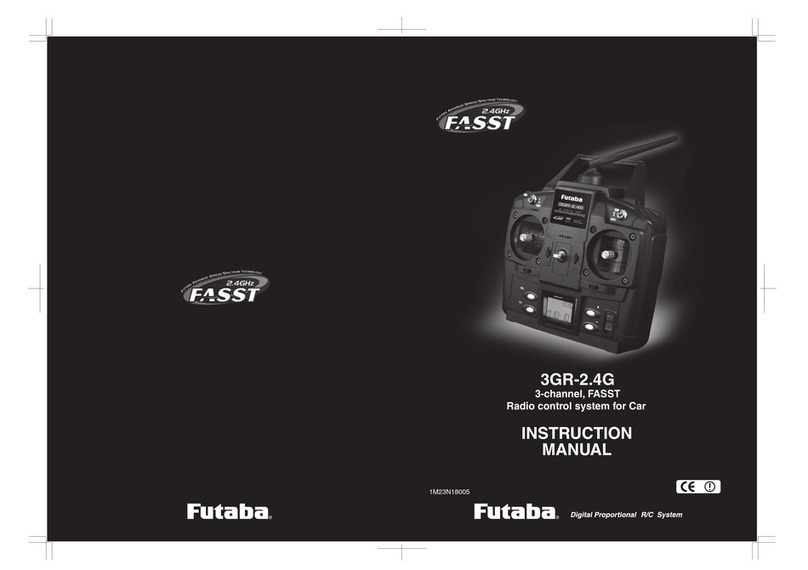
FUTABA
FUTABA 3GR-2.4G User manual
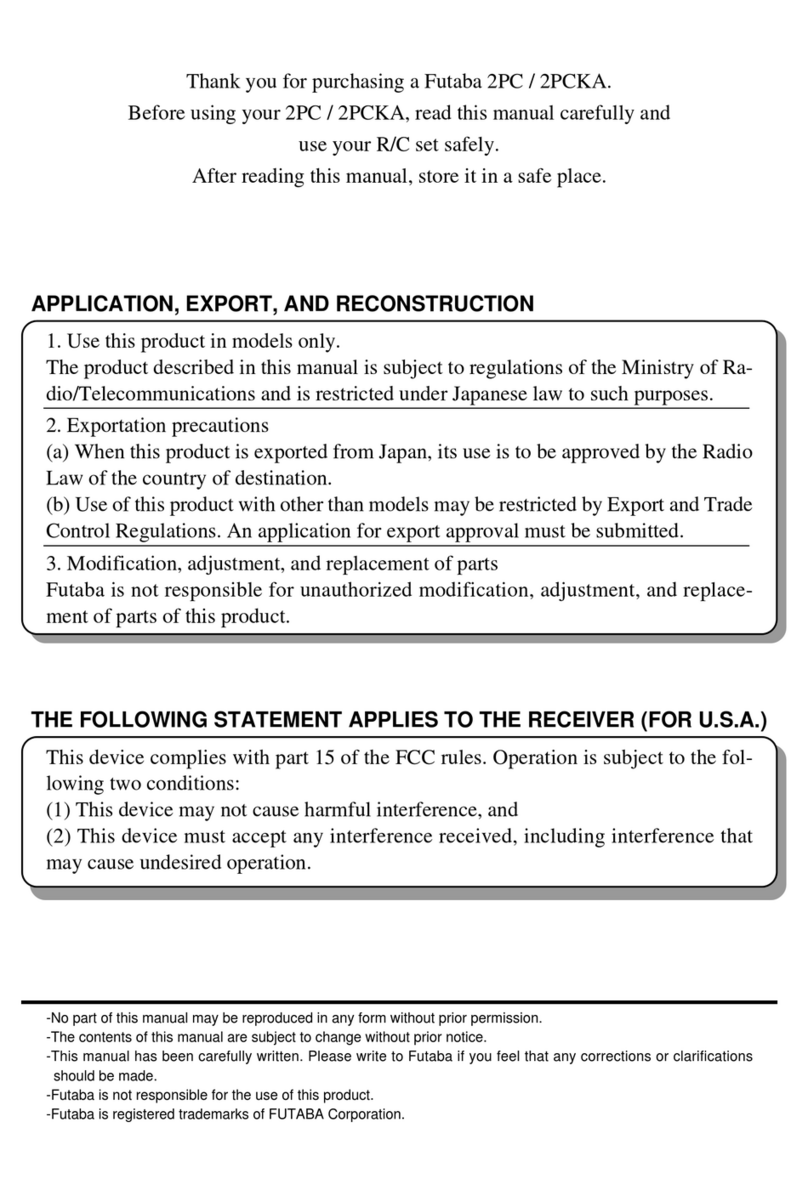
FUTABA
FUTABA 2PC User manual
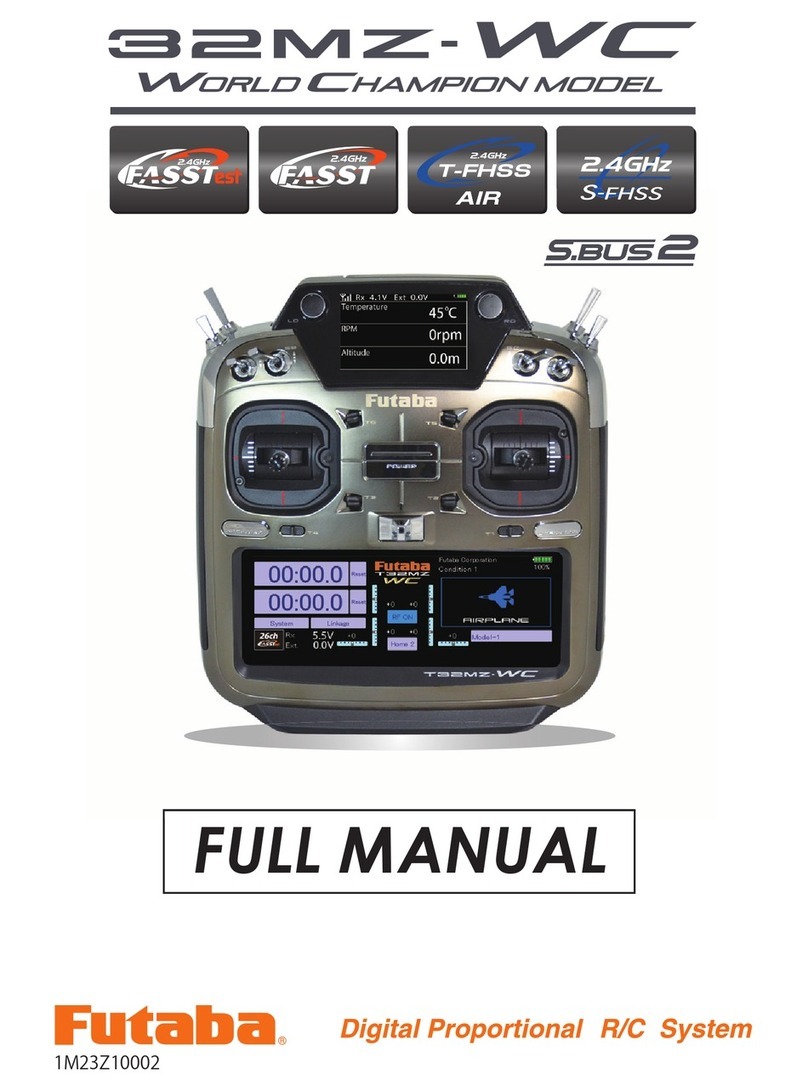
FUTABA
FUTABA 32MZ-WC Installation instructions

FUTABA
FUTABA 9z Installation guide

FUTABA
FUTABA 32MZ User manual
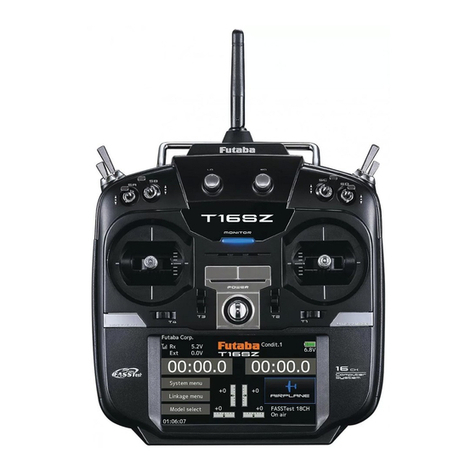
FUTABA
FUTABA FASSTest-2.4GHz T16SZ Series User manual
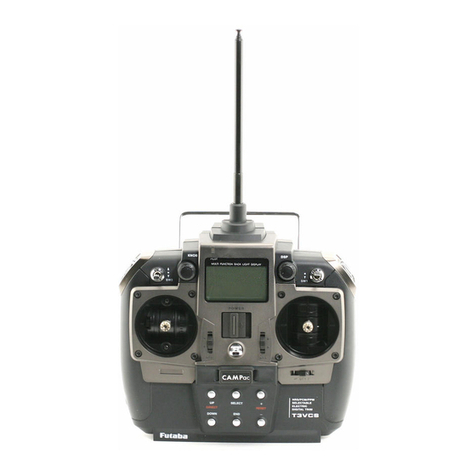
FUTABA
FUTABA 3VCS User manual
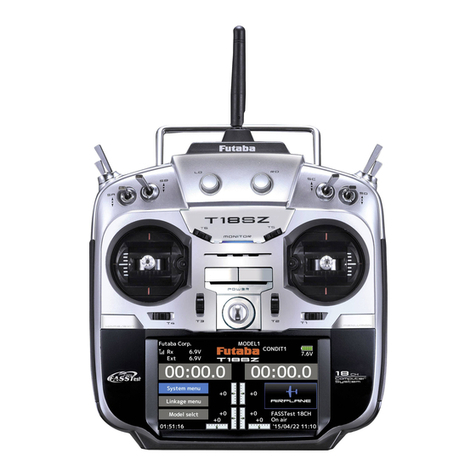
FUTABA
FUTABA T18SZ User manual
